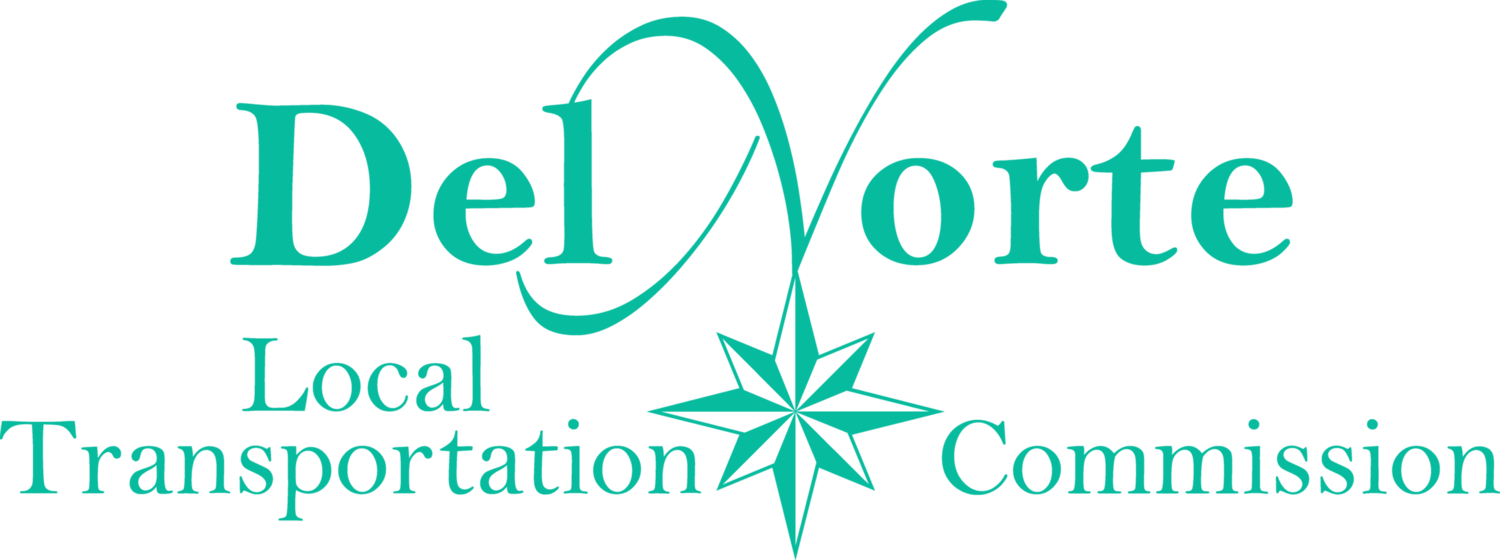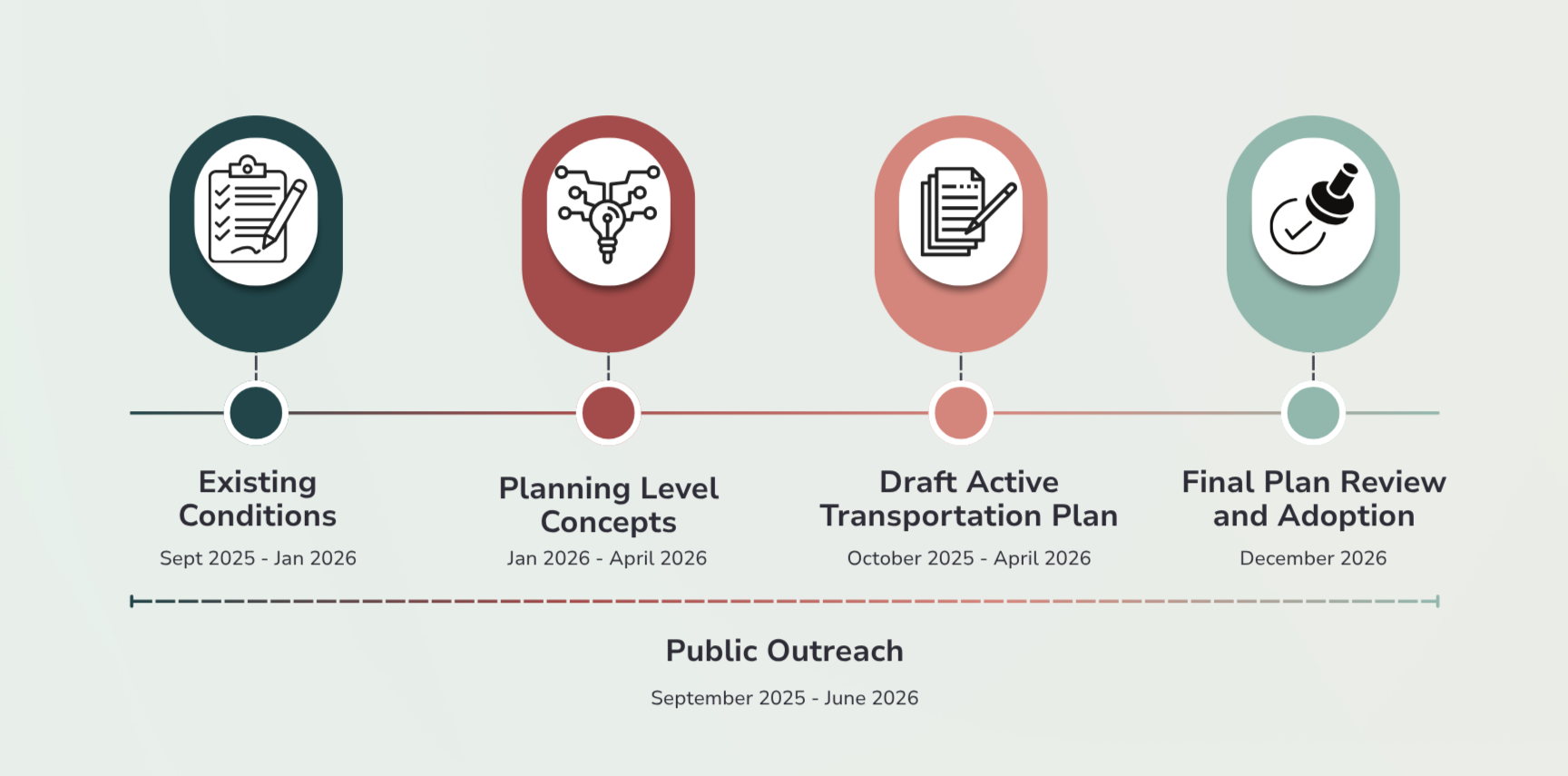Carbon Reduction Plan
Carbon Reduction Plan Overview
The Del Norte Local Transportation Commission is undertaking a Carbon Reduction Planning effort. This effort includes three phases:
· Phase I – Active Transportation Plan
· Phase II – Transit
· Phase III – Zero Emission Vehicle Infrastructure
Phase I will include updating the 2017 Active Transportation Plan with focus area chapters on the community of Hiouchi and the California Coastal Trail within Crescent City Limits. This effort is funded by the Federal Highway Administration’s (FHWA) Carbon Reduction Program (CRP).
FHWA Carbon Reduction Program
The Carbon Reduction Program is a FHWA program that was established under the Infrastructure Investment and Jobs Act (Passed November 15, 2021). The Program provides funds for projects designed to reduce transportation emissions, defined as carbon dioxide (CO2), from on-road highway sources.
Phase 1 – Active Transportation Plan
The Del Norte Active Transportation Plan update was kicked off in September 2025. The Active Transportation Plan update will focus on identifying and advancing the region’s active transportation goals through a collaborative process that involves extensive outreach to stakeholders, the public, and disadvantaged communities in the Del Norte region. Short and long-range strategies and projects will be identified to guide investments in active transportation improvements throughout Del Norte.
What is an Active Transportation Plan (ATP)?
An Active Transportation Plan is a planning effort that focuses on enhancing walking, biking, rolling, and other multimodal transportation opportunities. An Active Transportation Plan includes:
Analyzing existing conditions through review of related planning documents, site visits, and communications with local agencies and stakeholders
Gathering community input and support
Identifying a variety of short and long-term programs, projects, and policies that advance active transportation in the county
Positioning projects, policies, and programs plan for funding opportunities
Outlining feasible implementation strategies
Active Transportation Benefits
Active Transportation benefits include but are not limited to:
Health and wellness
Promotes physical activity and movement to improve health, longevity, and well-being of the community.
Sustainability
Supports alternative options to vehicle travel which reduces air pollution and CO2 emissions.
Economic Growth
Provides better walking and biking access to shops and restaurants which encourages local shopping.
Safety
Increases safety for all ages and abilities and focuses on providing travel options for the most vulnerable roadway users.
Community Pride
Provides more opportunities for engagement and community building with other active transportation users, increases a sense of ownership and pride for community members.

